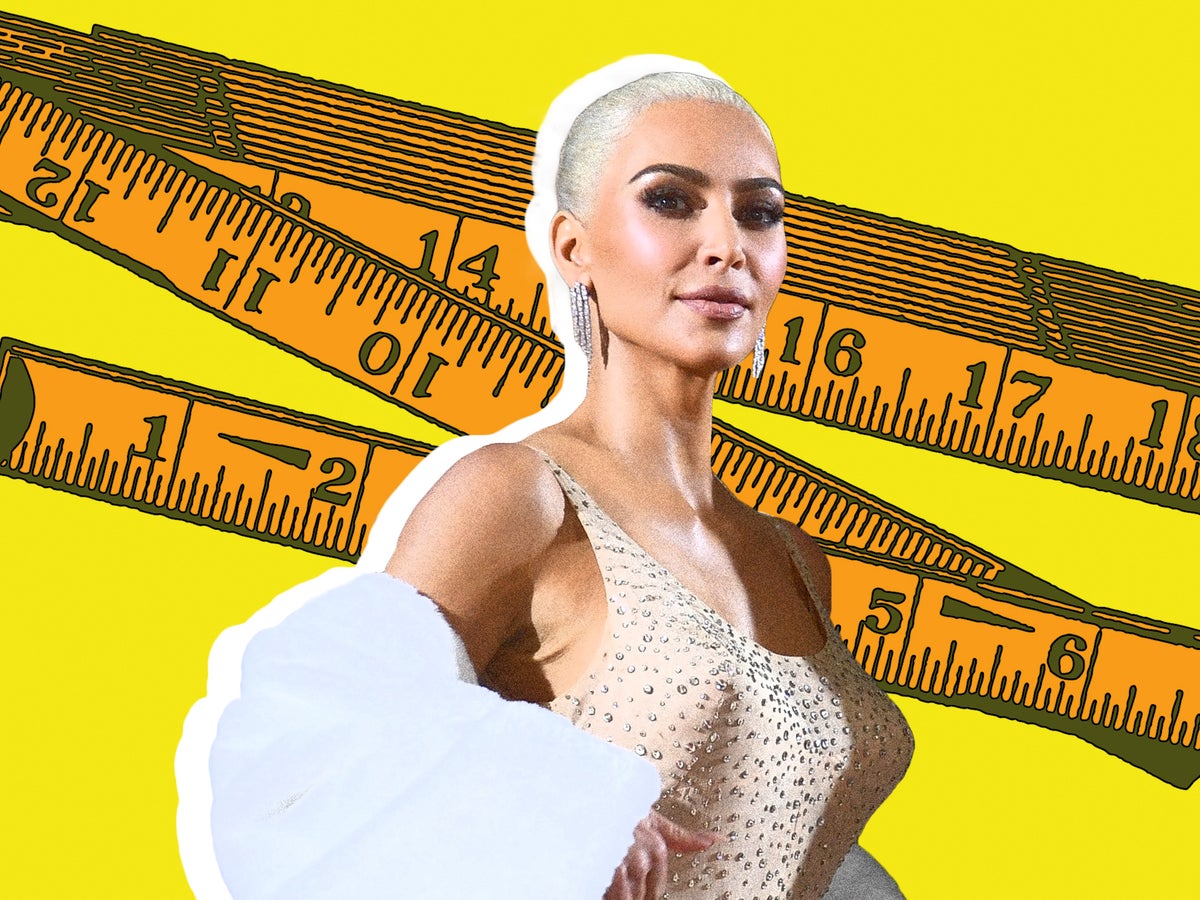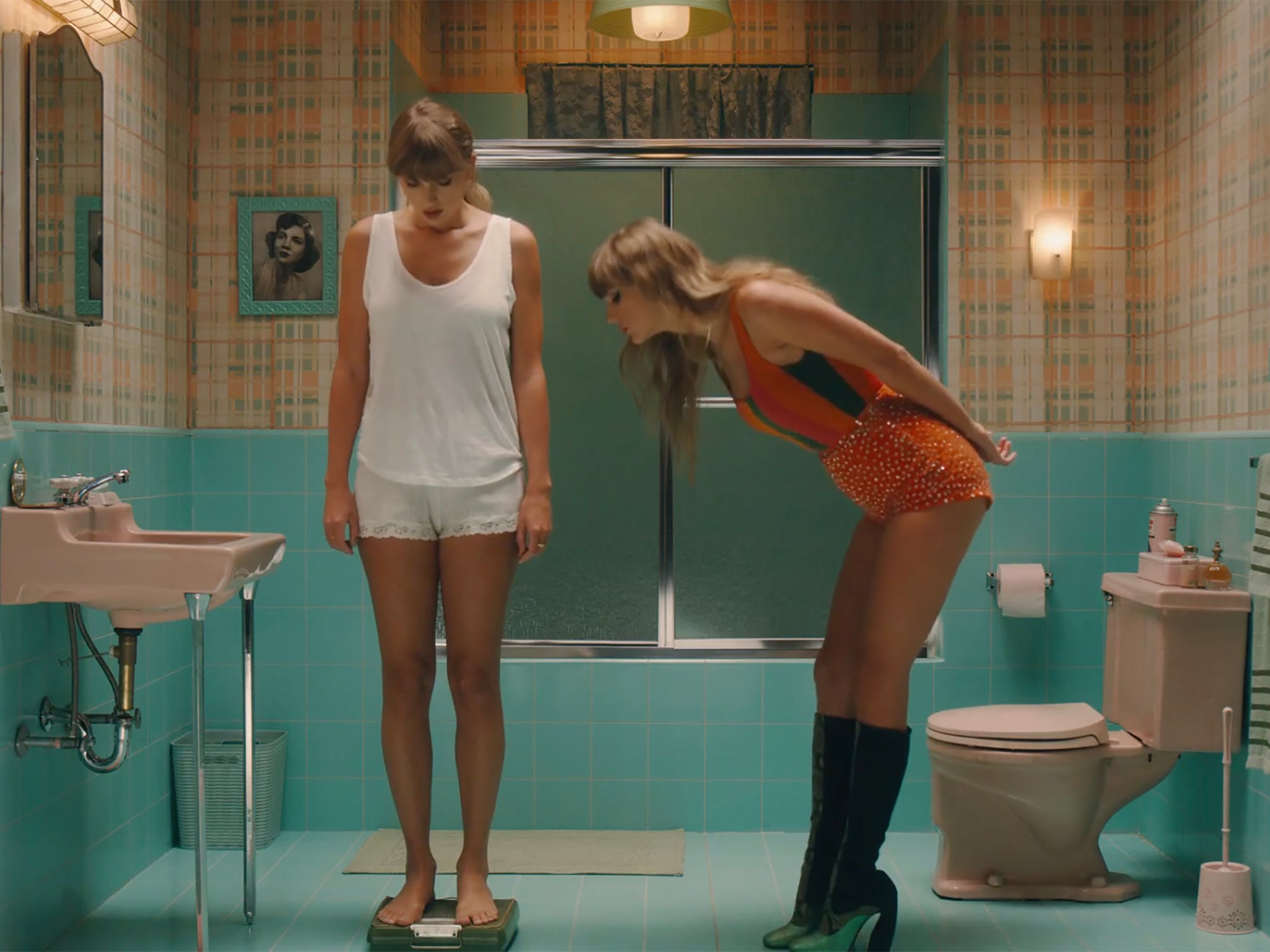
Marilyn Monroe whipped raw eggs into milk and drank the concoction before her morning shower. Beyoncé only consumed water, lemon juice, maple syrup and cayenne pepper for two weeks straight before filming Dreamgirls. Victoria Beckham has eaten the same meal every day for 25 years. Mariah Carey only eats Norwegian salmon and capers. If there’s one thing that’s certain in show business, it’s the business of wacky dieting. Are all of these strange celebrity eating habits strictly true? Of course not. But... that’s not really the important point. The headlines are the point, and the fact I could comb all these supposed “facts” off the top of my head as easily as plucking lice from the barnets of six-year-olds.
The media simply loves a VIP diet plan – the more sensational and extreme the better. Indeed, as Marilyn Monroe’s widely publicised “weird eating habits” attest, for as long as the media has been obsessed with celebrities, it’s also been obsessed with their diets. And it was the “golden age” of the tabloid either side of the millennium – typified by leering paparazzi shots, scraps of spurious gossip and indiscriminate circles of shame – that most relished in the minute details of celebrities’ supposed disordered eating patterns. This was the era of “heroin chic” It-girls, dressed and starved by celebrity stylists and dieticians.
Recently, a veritable cottage industry has sprung up on YouTube of vloggers and influencers “trying” the diets of Nineties and Noughties stars. YouTuber Jessica Viana has made a whole run of these videos: “I tried Alica Silverstone’s diet,” proclaims one; “I tried the Friends diet,” announces another. “Each time I watched the series,” Viana says in the intro to her 20-minute Friends diet video, “I would think to myself these girls just look great.” As a teenager watching the show for the first time, Viana says she thought “they were just naturally skinny, and everyone in the Nineties was naturally skinny”. As an adult, she came to the realisation that this probably wasn’t the case, and her video is a debunking of sorts. Jennifer Aniston, Courteney Cox and Lisa Kudrow didn’t “just look great” – they went to great lengths to look the way they did! Their efforts were extreme and excessive! They were punishing themselves for years!
This exclamatory, revelatory tone is the common vibe of most “I tried x” diet videos, which display a strange blend of fascination and horror – performing the diet and exercise routines of the stars for the camera, and overlaying their “findings” with heightened shock and awe. “The Kardashian’s Weight Loss; Hollywood’s DANGEROUS Methods To Get Thin,” “Shocking Old Hollywood Diets You Won’t Believe (Only 500 Calories a Day!?),” “I did the INSANE Diets & Workouts of 1960, 1970, 1980, AND 1990.” At the start of that last video, Keltie O’Connor (who, any viewer can’t help but notice, is as blonde and skinny as Mischa Barton or Paris Hilton in their Noughties prime) sums up the genre: “Yes, this will make you lose weight, it will be miserable, you’ll hate your life.” Or, as Viana puts it in her Friends diet video: “Could it have been any harder?!” In other words, don’t try this at home. Unless you’re filming every minute of it.
I’m a kid of the millennial cusp, whose adolescence was marked by Monica’s fat suit, You Are What You Eat, exposed midriffs, and – surprise, surprise – a bout of anorexia, so there is a large part of my nearly 30-year-old soul that gravitates towards these videos with recognition, admiration, even glee. While my brain was still forming, its folds were stamped with two phrases. “Nothing tastes as good as skinny feels,” Kate Moss allegedly declared; “Sometimes I would buy Vogue instead of dinner,” says Sex and the City’s Carrie Bradshaw. “I felt it fed me more.” So these debunking videos must be an improvement on those ideas, right? Surely we should be welcoming the fact that today’s influencers are picking apart these diets as mad, bad and dangerous for today’s teens?
Jessica Viana tells me it is precisely this sense of concern for the teenagers of the 2020s that inspired her “to make the video about Nineties and Noughties diets”. She says the initial urge came to her, “because [she] noticed that, each year, there is a new generation of young people who gravitate toward shows from this era”. Viana says she realised that in many of those shows “the ideal body type required of female actors particularly, set a certain standard that young audiences perceived as being normal or effortless back then, and I worried that this would continue to spread to our current generation”.
She adds that diet culture propagates the idea of “some sort of magic pill, and that if you eat what someone else eats, you will look the way they do”. Reacting against this, she wanted her videos to be a Trojan horse of sorts. “I made the Friends video in a ‘diet video’ format so that I would reach people who were affected by this,” Viana says, “and then incorporated the educational part on nutrition science to teach the risks and effects of very restrictive diets.”
Although there is so much info out there about healthy eating and nutrition, I see every day still plenty of confusion and ignorance. I don’t think we’ve moved on at all, unfortunately— Anne Larchy, weight loss and healthy lifestyle coach
Ruth Tongue is a nutritionist, employee health and wellbeing specialist and director at Elevate, a leading workplace wellbeing provider with a team of global health experts. She says that videos like Viana’s could potentially be a valuable source of information for young people. “In a way,” Tongue says, “I think there’s some comfort to know that we are now ‘poking fun’ at some of the ridiculous diets that were so popular, and hopefully by reading about the dangers and harm (mentally and physically) that these diets can cause, it will help to dissuade anyone thinking of trying them.” Yet, she also has reservations. “There is a worry that for anyone who’s desperate for weight loss, by putting these diets in the limelight again, it gives them a platform,” Tongue suggests. If people press play on videos like Keltie O’Connor’s, will a large slice of that audience ignore the warning that “it will be miserable, you’ll hate your life”? Will they only hear “yes, this will make you lose weight”?
Lindsay McGlone, a burlesque and cabaret producer and award-winning activist, agrees with Ruth Tongue. She says that despite having good intentions and containing information about the harms that restrictive eating causes, many of these viral videos could have adverse effects. “Luckily,” she says, “the majority of videos around this are debunking the ideology that ‘diets’ work. Unfortunately though, they are not practising the idea that thinness shouldn’t be the ultimate goal.”
It might be nice and reassuring to think that popular culture has moved on from the nasty Noughties days of “size zero success stories” and fat suits played for telly laughs – or indeed, from the “INSANE Diets & Workouts of 1960, 1970, 1980”. But, this might be nothing more than a fantasy. “In 2022, there’s still just as great, if not a greater focus on the unachievable beauty ideal than ever,” Tongue insists. “Don’t get me wrong, I think social media has been brilliant for encouraging the body positivity movement and the ‘health at every size’ movement. But sadly, there are still so many mistruths and messages that slim equals beautiful, and slim equals healthy that we’re bombarded with every day.”
Anne Larchy, a weight loss and healthy lifestyle coach, also suggests that people are awash with mistruths and misinformation largely due to social media. “Although there is so much info out there about healthy eating and nutrition, I see every day still plenty of confusion and ignorance,” Larchy says. “And, with diets such as the 800 cals diet and apps such as Myfitnesspal that generally shows your daily calorie intake at 1200 cals or so – and restrictive diets such as keto and others – I don’t think we’ve moved on at all, unfortunately.”
Clearly, body image, weight, and “magic pill” thinking still fixates our media landscape today. A few months ago, Kim Kardashian was called out for talking about the amount of weight she lost to squeeze into one of Marilyn Monroe’s dresses for the Met Gala. Just this week, a Taylor Swift music video was edited to remove a scene where the word “fat” appears on a set of bathroom scales. On the surface, it may seem like these instances show things improving – demonstrating that the public will no longer stand for the kind of diet and “fat” chat that dominated 20 or so years ago. Yet I sense a double-edged sword.
Despite ostensibly criticising Kardashian for explicitly discussing her crash diet, many of the articles about her comments also published what the diet was, and how much weight she lost. Conversely, Swift was accused of fatphobia, despite having discussed in early 2020 how she once struggled with an eating disorder and would sometimes “starve” herself. Essentially, both women were condemned for “body negativity” – one for revealing the restrictive lengths she went to in order to achieve an “unachievable body ideal”, the other for revealing the intrusive, negative thoughts she had about failing to live up to that ideal. Rather than suggesting we live in a time of body positivity, don’t these moments – taken together – attest to the dogged persistence of diet culture, and the desire of the media to brush the reality of disordered, dysmorphic thinking under the rug? Or, even worse, frame it as a moral failing? Indeed, the shocked and scolding tone many of the articles about Kardashian took was, to my mind, similar to that of the debunking videos. “Don’t do this, whatever you do,” they seemed to cry. While also offering – under a bold and splashy heading – a neat step-by-step guide on how to embark on a “crazy” dieting regime yourself.

Over the past year, much has been made of an apparent, worrying return of Noughties “skinny” aesthetics. Low-rise jeans and mini mini-skirts. Bella Hadid’s abdomen on every social media feed. Speculation that the Kardashians have dissolved their implants and switched up their Blackfishing looks for that of skinny, rich white girls. Adele and Rebel Wilson cheered for dropping pounds. And, lo and behold, a batch of videos “debunking” the diets and workout plans of Kendall Jenner, Bella Hadid, Adele and Rebel Wilson.
The problem is that, despite deeming them “dangerous” or “insane”, we don’t have a culture that isn’t fascinated by extreme diets, or driven by a wellness industrial complex that is, at heart, still a “you are what you eat” thinspiration beauty ideal. Until we do, the voices saying that the results are worth the pain might be louder.







